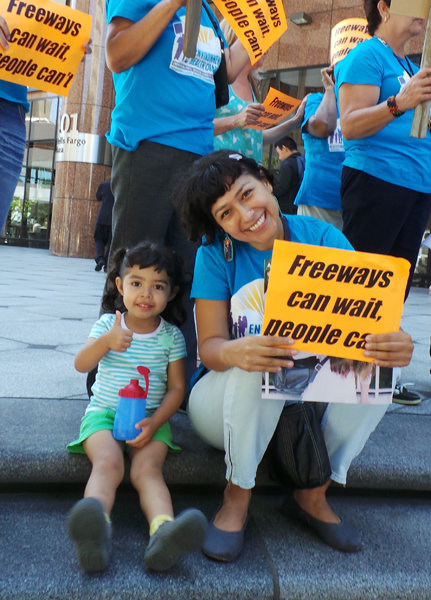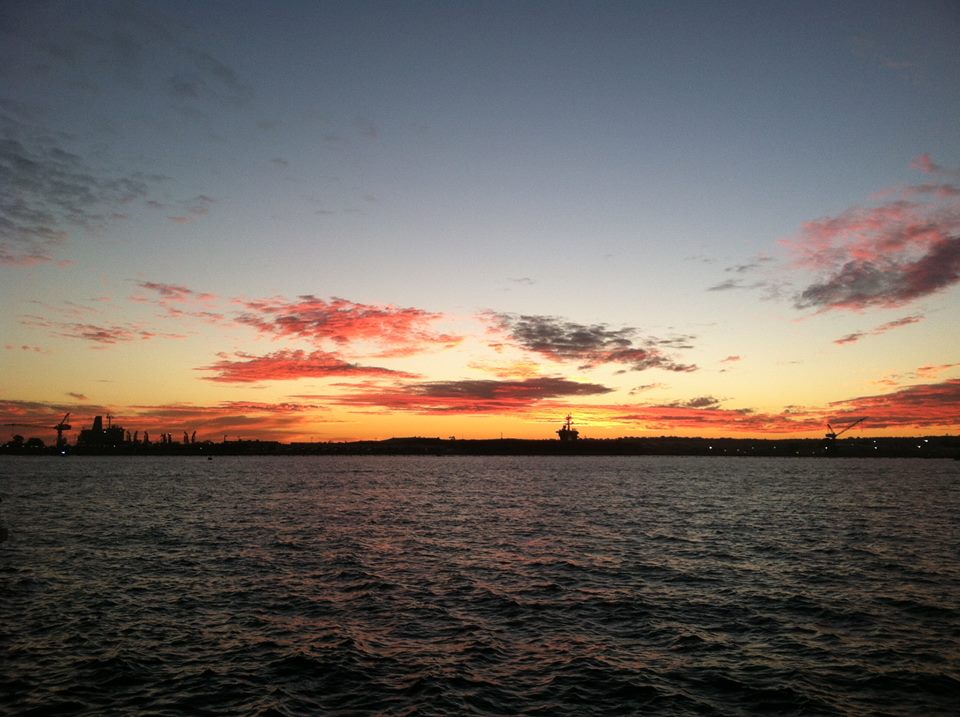 The Port of San Diego and the UT both released stories recently about the Port’s dramatically reduced air pollution and greenhouse gases from its operations between 2006 and 2012. And it is good news for our climate, for the region as a whole, and for the workers at the Port terminals and the residents of neighborhoods immediately downwind, such as Barrio Logan and west National City. While we join the Port in welcoming the downward trend in emissions, we must offer some additional perspectives and a note of caution.
The Port of San Diego and the UT both released stories recently about the Port’s dramatically reduced air pollution and greenhouse gases from its operations between 2006 and 2012. And it is good news for our climate, for the region as a whole, and for the workers at the Port terminals and the residents of neighborhoods immediately downwind, such as Barrio Logan and west National City. While we join the Port in welcoming the downward trend in emissions, we must offer some additional perspectives and a note of caution.
1. Port Operations are a small piece of the emissions pie along San Diego Bay.
The Port’s report covers only the emissions from Port operations themselves. The Port is not tracking emissions from their tenants, such as the shipyards or other waterfront industries, nor from the airport or the Navy.
Why is that important? While the Port manages operations within some of the operations along San Diego Bay, including the cargo terminals in San Diego and National City, the Port leases 66 percent of the land (not including the airport and the Navy) to a variety of tenants, including shipbuilding and repair companies, a gas turbine manufacturer, several large hotels, restaurants and retail shops. Port operations are a small portion of emissions compared to those of its tenants, not to mention the airport and Navy. For example, one Port tenant--General Dynamics-NASSCO-- was the single largest air pollution emitter in the U.S. EPA’s most recent Toxic Release Inventory, the federal right-to-know law.
A full and transparent accounting of the air quality impact of the Port must include the emissions of all businesses along the bay. The lungs of people downwind do not distinguish between the pollutants from Port operations and those of Port tenants.
2. “It’s the economy, stupid.”
Some portion of the drop in Port air emissions was due to the severe economic recession of 2008, which reduced both cruise and cargo ship traffic for several years. The Port’s report acknowledges this impact, but not the concerning corollary-- as the economy picks up again, emissions will rise. New growth at the Port’s cargo and cruise terminals must be accompanied by new investment in clean technologies, such as electrification of diesel emission sources. Workers and downwind residents should not subsidize economic growth with their health.
3. Requirements are more effective than asking nicely.
State and federal regulations drove a large part of the emission reductions as well. California Air Resources Board laws that were adopted or went into effect since 2006 forced reductions in emissions of ships and trucks visiting California terminals by requiring trucks to use cleaner emissions technologies and ships to use electricity, rather than diesel engines, while docked at shore. The Port, to its credit, made California’s port truck rule (Drayage Truck Rule) more effective by banning noncompliant trucks from cargo terminals starting in 2011.
Regulations work far more effectively than voluntary programs. The Port, the State, and local governments should learn from this and keep implementing more requirements to reduce emissions and use cleaner technologies, for the sake of our health and our future.
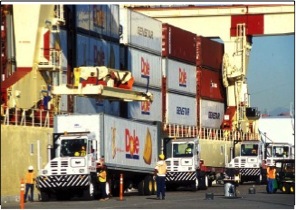 Clean air is a human right. And right now is a key time to make sure our state’s leaders make a decision with that fact in mind.
Clean air is a human right. And right now is a key time to make sure our state’s leaders make a decision with that fact in mind. The California Air Resources Board has developed a strategy that shifts what our trucks, trains and ships use to a much cleaner and much healthier system so we can breathe easier -- literally. Now, we need to show our support.
The California Air Resources Board has developed a strategy that shifts what our trucks, trains and ships use to a much cleaner and much healthier system so we can breathe easier -- literally. Now, we need to show our support.

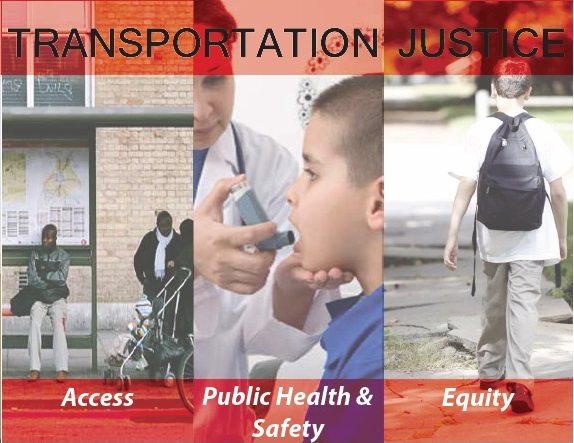
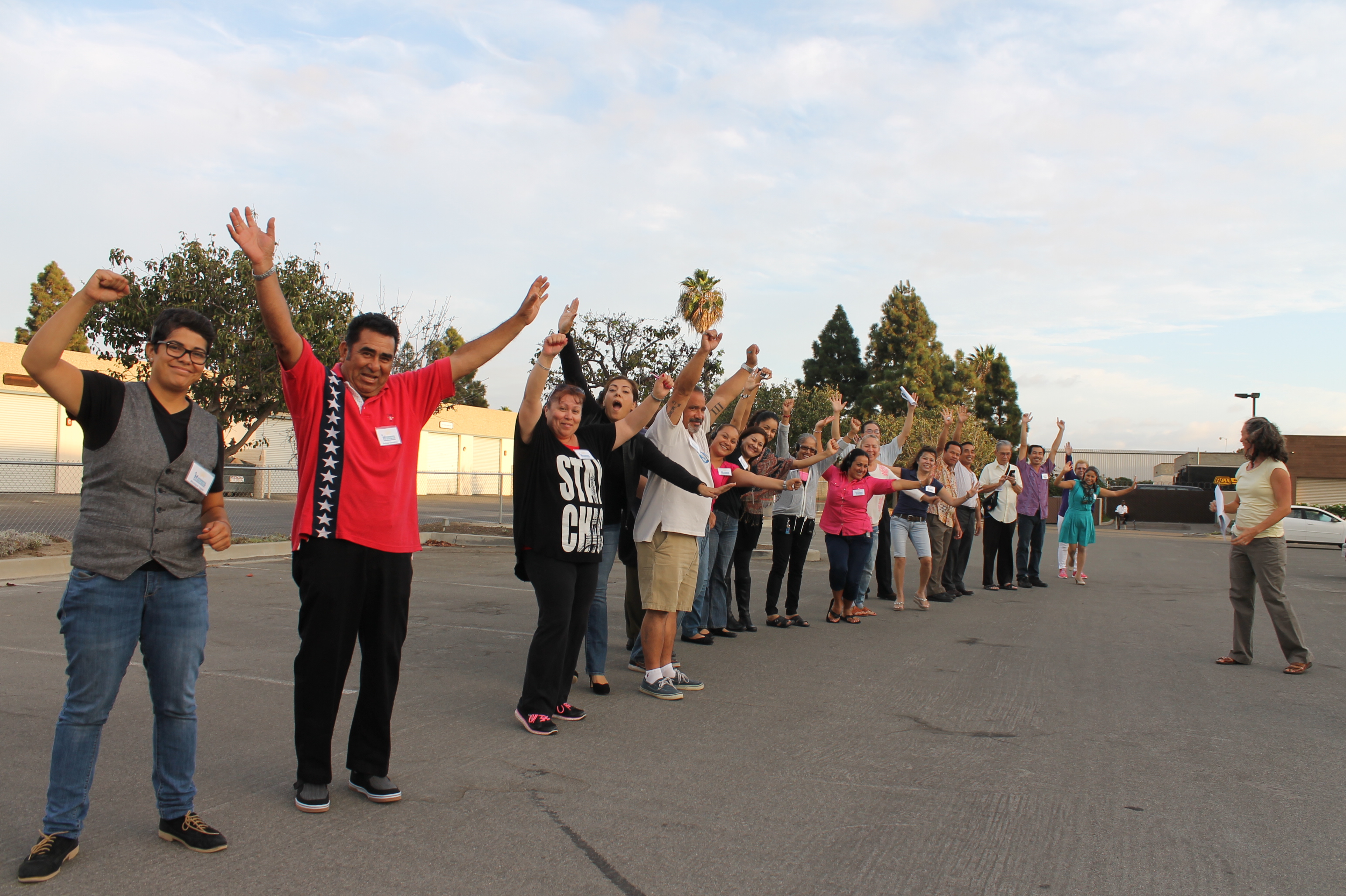
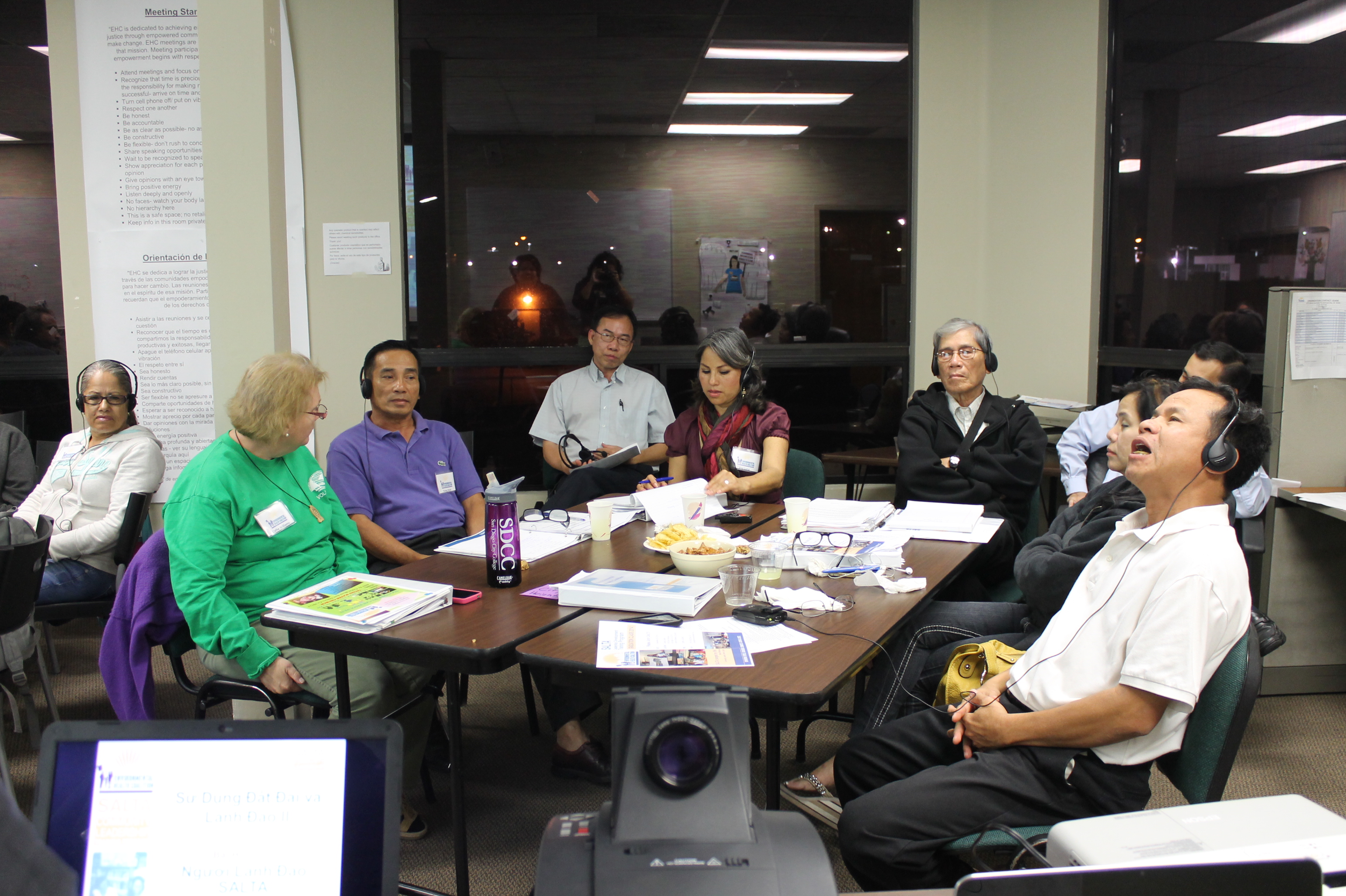
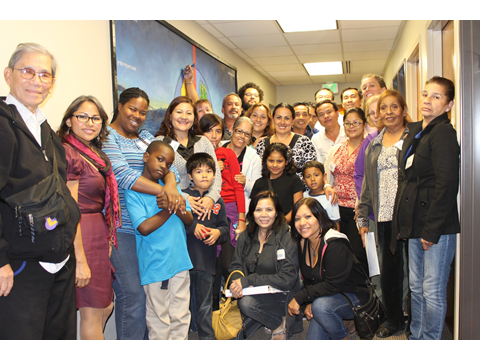
 The Port of San Diego and the UT both released
The Port of San Diego and the UT both released 
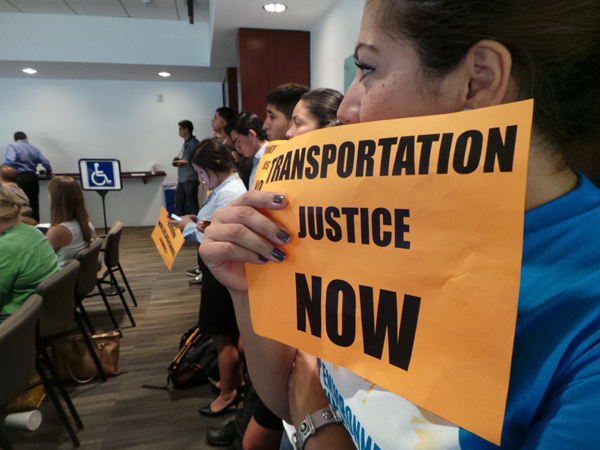 The
The 